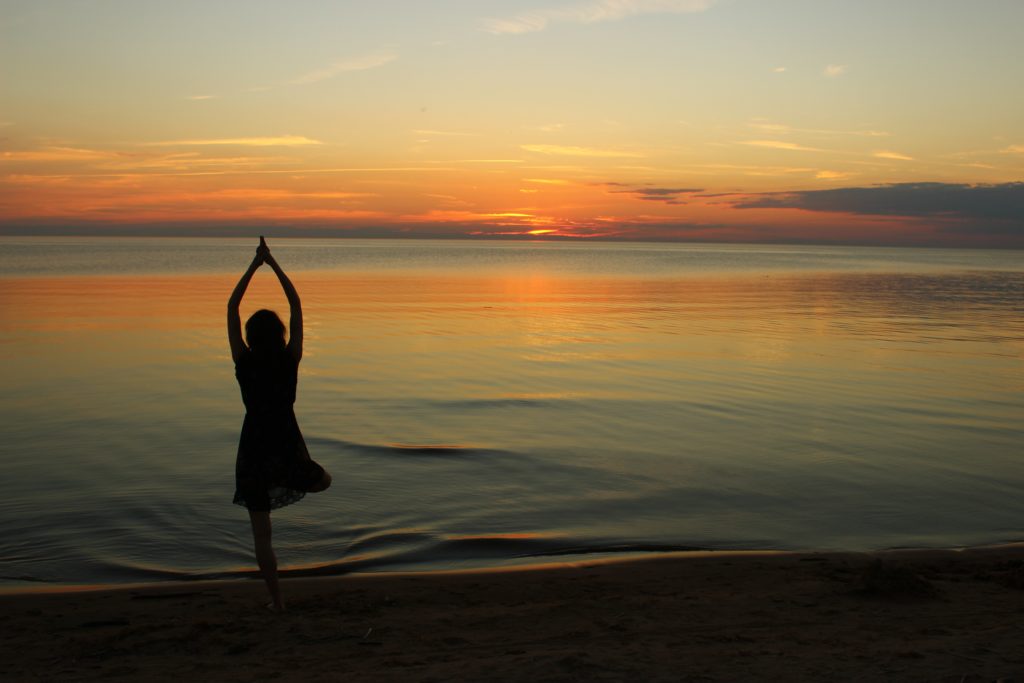
by Cara Butler
As we all continue to process and progress through this global pandemic together, I find myself wondering how it has affected personal yoga practices. I know mine has personally shifted but I was curious to hear from those around me with more experience and wisdom, so I reached out to five of the best teachers we have in Aotearoa to share their guidance with you all.
This is what I asked of them……
‘Taking into consideration all that has occurred over the past 18 months do you have a pose, practice or particular teaching to share with the yoga community that you have found to be of great support in your personal yoga practice?’
Karla Brodie

Here are a few practices that have supported my everyday life, wellbeing and joy over the last 18 months:
- A morning wander on dewy grass is an Ayurvedic practice that I find enlivening, cooling and grounding.
- Viprita Karani or any variation of elevating the legs is deeply restoring.
- Side lying restorative shapes, much like the recovery position, are nourishing and settling.
- A rolling practice led by organs or bones or muscles, with an intention of unravelling and waking up — like a satisfying yawn.
Jess Smith
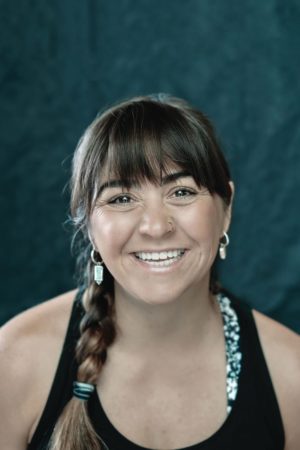
Personally my non-negotiable is my morning Sadhana, early rise (5am!) to practice, then a walk and dip in the sea out in Sumner, all before the kids get up. In yoga we call this TAPAS… Devotion, Showing Up, Discernment, Willingness to stay in the fire…returning back and back the practice. It’s there I can trust, listen and lean into myself, self study, svadhyaya. Showing up for what’s actually happening, Comfort, Discomfort, all will happen on this journey. “Make no story about how great you are or how terrible you are… It’s an exhausting journey and we miss out where we actually are”. Words from my lovely teacher Janet Stone.
Favourite pose? Self exploring my headstands lately, working towards 10 minutes (not recommended for beginners, more like a minute).
Inversions such as headstand build heat in the body by stimulating the nervous system, which for me has helped when I am feeling frazzled… the feeling of going upside down enables my mind to feel clear and energised.
A quote that sums up the anatomy of emotion for me, or at least when I need a kind reminder : “Our nervous system doesn’t know the difference between reality and imagination. Every thought you think becomes stored in your body” Yogi Amrita Desai.
Donna Farhi
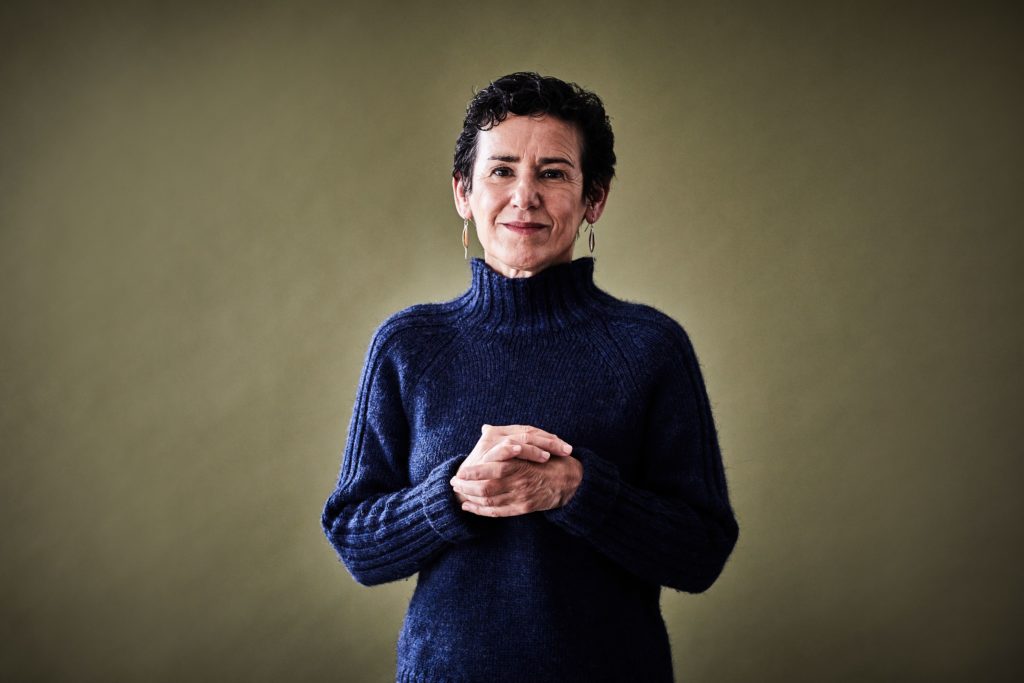
During the last year I have returned to a pranayama practice that was a “regular” for me in my late teens whenever I suffered from anxiety.
Alternate nostril breathing or nadi shodhana has become my go-to practice when I sit at the beginning of my practice. The gentle but systematic regulation of the breath has helped me to quiet my mind as well as calm my nervous system.
Because life and work have become so complicated with the shift to online delivery, I am also finding that it is best to do a very simple practice with just a few components. Some weeks I do the same practice every day with little variation. This imprints some degree of reliability and stability during a time when there is so much uncertainty.
Jo McHarg

One particular practice I come back to time and time again and especially in times of uncertainty is a practice taught to me by Donna Farhi, which Donna refers to as the ‘Body/Mind Weather reading’.
This practice can be used at the start of a yoga practice in order to help determine what sort of practice might nourish us… Or at any time during our day to help bring clarity to our current state-of-being and in turn guide us as to where we may wish to focus our energy.
To begin the Body Mind Weather reading, we start by simply becoming still & tuning inward. After some time settling in with our breath, we then start to check in and notice ‘How am I?’. We do this check in through the lens of the 5 Koshas – noticing the physical body, the energetic body, the emotional body, the mental body & the spiritual body.
I use this practice often in my classes and many of my students have also come to love it. We find it a great way to start a class so one can obtain a “baseline perception” that is then useful to refer back to and notice the shifts taking place on the various layers (koshas). I have found this practice useful in times of emotional turbulence to help me become the observer of a strong emotion or thought pattern, rather than be completely swept away with it.
Veronica King
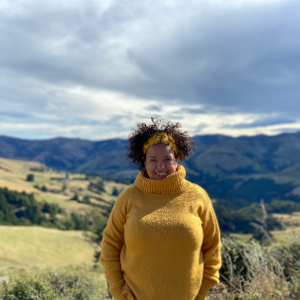
We can all unanimously agree that yoga and meditation have been a lifesaver the last 18 months. The first half was about tapping into my strength. Physically moving the body, getting out of fear. I did a tonne of yoga in lockdown as I chose to demonstrate “modified” versions of our Grassroots Yoga & Health online studio classes. I loved reconnecting with my awesome team and community, and enjoyed following guided instructions, as I was doing so much other complex decision making at the time.
The latter part of 2020 was like hitting the 10 km mark in a 30 km race (that you didn’t remember signing up for), the focus was on endurance or emotional resiliency. Out of necessity my practice was a complete 180 and all I could do was Yoga Nidra. Could I surrender completely and have faith in the unknown path ahead? Yoga Nidra rebuilt me when I felt broken and had to find my way back home to my true nature. So on reflection, out of immense challenge came some pretty amazing inspiration!
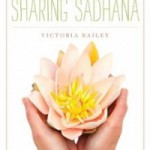
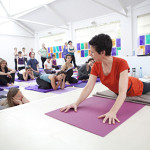
Leave a Reply